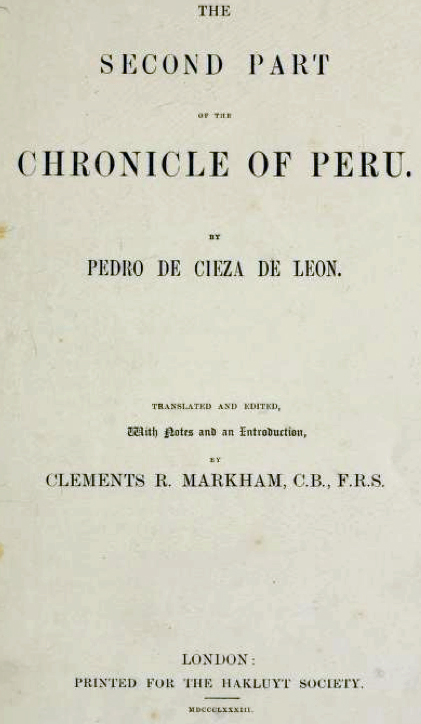"Three Days of Darkness"
Book of Mormon Prophets prophesied and recorded about the event that took place in the Western Hemisphere concerning the three days of darkness. This event took place at the time of the Saviors death on the Cross in the Eastern Hemisphere and previous to the coming of the resurrected Savior the Americas.
“And it came to pass that there was a thick mist of darkness upon all the face of the land... for the space of three days there was no light seen...." (3 Nephi 8:20-23) 34 AD
...according to the words of Zenos, which he spake concerning the three days of darkness, which should be a sign given of his death....” (1 Nephi 19:10) 588 to 570 BC
“...darkness should cover the face of the whole earth for the space of three days.” (Helaman 14:27) About 6 BC
“... darkness for the space of three days over the face of the land.” (3 Nephi 8:3)
“...three days pass away. And it was in the morning, and the darkness dispersed from off the face of the land....” (3 Nephi 10:9)
----------------------
Washoe Indians, an indigenous group Indians in the southern part of North American.
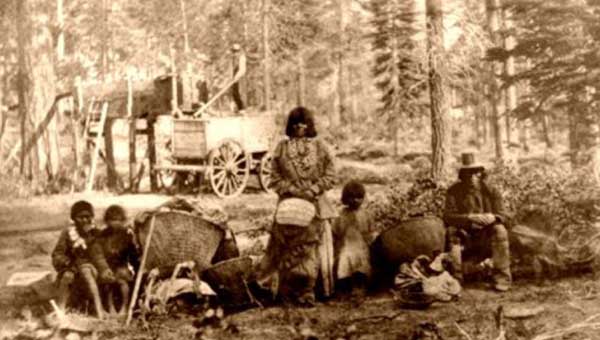
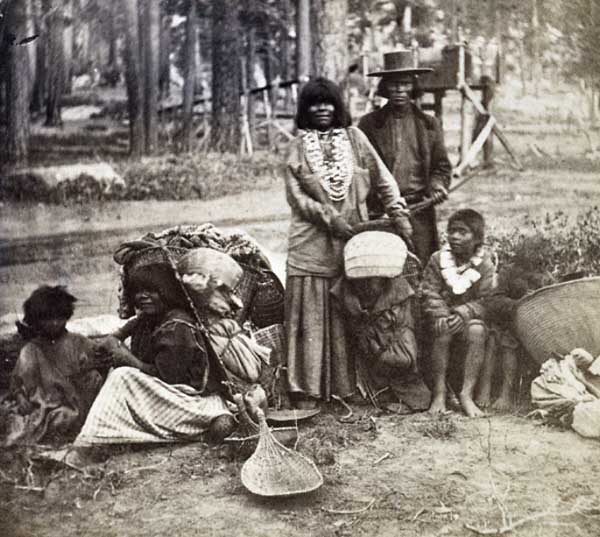 The written tradition of Washoe Indians, an indigenous group Indians in the southern part of North American:
The written tradition of Washoe Indians, an indigenous group Indians in the southern part of North American:
"Time, long, long time... not sure. ...Carson Valley, Washoe Valley, Valley Truckee, valley Long, pyramid Lake, Lovelock, everyone was full of water, many fish, many ducks. Big fish also; now they are no longer here, [they] were never to return." (Washoe Indians lived in the high mountains)
Pointing in direction West of Washoe Valley, the old Indian man continued:
"Big mountain, with fire all the time, makes awful noise, with lots of smoke. Indian tienemiedo. One day, mountain gives lots of smoke, is noisy, the Earth trembles much, very frightened Indian, falls to the ground and cries a lot. The sun comes out every day....
But one day the Sun is not. Indian does not know why. There is lots of smoke on the mountain, the Earth trembles much, the wind blows, the waters boiled.
Maybe two, three days, [later], the sun comes out, Indian does not eat, not sleeping, just cries and cries, very scared." Note: (3 Nephi 8:23) 34 AD
"Then the water is noisy and runs very fast, as the Truckee River; waters fall and fall, Mountains rise and rise, much mud, many fish die, then the sun rises behind the mountains then gets there.
In two or three weeks, the mud dries…. All of the water has dried, perhaps little water remains. Pyramid Lake, Honey Lake, Washoe Lake, many mountains, it comes very soon. Indian is not safe, the water and the large fish do not. Never again return." (Mrs. M. M. Garwood, Progressive West Magazine, reproduced in Deseret Semi-Weekly News, February 5, 1906.)
----------------------
"…the Mexicans, [ancient Aztec and Maya people], believed and feared, affirming… the universal deluge [destruction] having taken place… darkness caused by an eclipse of the sun, and earthquakes generally everywhere…" (Collection of Mendoza, Antiquities of Mexico, by Kingsborough, Vol. 8 p. 25) (Even in the...1840’s”...Kingsborough’s works had not reached America.”)
----------------------
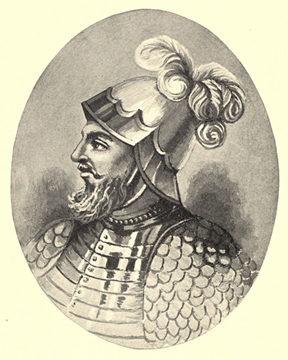 Vasco Núñez de Balboa was one of the earliest writers on the ancient history of Peru.
Vasco Núñez de Balboa was one of the earliest writers on the ancient history of Peru.
"…a passage from Balboa's Miscellanea Antarctica, in which that learned author affirms that the traditions of the Peruvians recorded a great earthquake, an eclipse of the sun, and the graves to have been opened, at a period which would nearly correspond with that of the Crucifixion." (Quote from one of the earliest Peruvian Historians, - Balboa, Antiquities of Mexico, Vol. 8 p. 48)
Events in the Americas at this time period are extensively recorded in the Book of Mormon in 3 Nephi 8:19-23. And the fact that “… saints...should arise from the dead….” in 3 Nephi 23:6-14.
----------------------
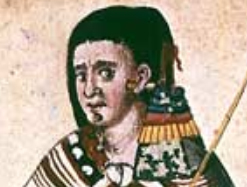 Ixtlilxochitl records an event of darkness and "destruction" that "happened at the same time that Christ, or Lord, was crucified".
Ixtlilxochitl records an event of darkness and "destruction" that "happened at the same time that Christ, or Lord, was crucified".
Ixtlilxochitl describes the event as follows:
"...the sun and the moon eclipsed and the earth quaked and rocks were broken unto pieces and many other signs that had been given came to pass, although man was not entirely destroyed. This was in the year Ce Calli, which, adjusted to our calendar, happened at the same time that Christ, or Lord, was crucified. And they say that this destruction occurred in the first few days of the year.
These, and many other things, from the creation of the world up to our time, were understood by the Tultecas. As I have heretofore stated, according to what appears in their histories and paintings..." (Ixtlilxochitl c. 1600) (The writings of Ixtlilxochitl remained unpublished and generally unknown for over 200 years. The entire corpus of Ixtilixochitl's work was first published in 1848 as Vol. 9 of Kingsborough's, Antiquities of Mexico.)
The Nephites readjusted their measurement of time at the time of the signs of Christ's birth. According to the Book of Mormon, Christ lived thirty-three years and four days, being crucified on the fourth day of the "first month" of their year. (3 Nephi 8:5)
Ixtlilxochitl gave this significant statement, ". . . they say it happened during the first days of the year."
Ixtlilxochitl could not have received his information from Catholic Fathers, because they did not know anything about the great convulsions of nature at the time of Christ's crucifixion. Neither could he have received it from the Book of Mormon, since this book had not yet been published. Ixtlilxochitl received this information from, "the ancient histories in [his] hand", the various records handed down from their ancestors.
----------------------
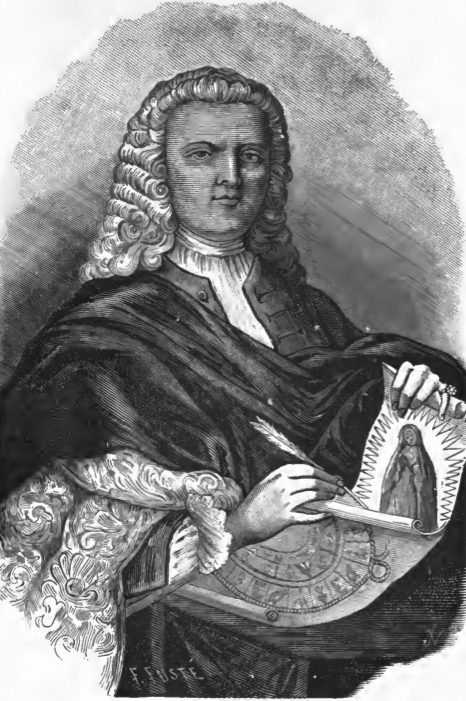 <<Lorenzo Boturini Benaduci was a Catholic historian, of New Spain, in North America.
<<Lorenzo Boturini Benaduci was a Catholic historian, of New Spain, in North America.
Boturini recorded that “the historical records of the Amerindians of Mexico, [Mesoamerican native Indian’s], were among the richest ever assembled by any people in history. They were accurate, reliable, voluminous, and seemed to confirm every single detail.... They recorded a "total solar eclipse that plunged the earth in darkness at the death of Christ.” (Jorge Cañizares-Esguerra, How to Write the History of the New World: Historys..., p. 137 & 138)
----------------------
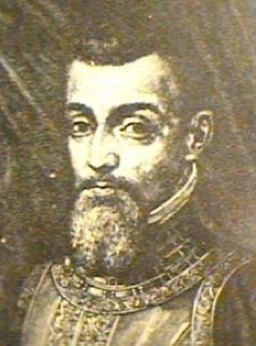
<< Pedro Cieza de León was a Spanish conquistador and chronicler of Peru.
Pedro Cieza de León recorded the following:
“Touching what these natives say concerning Ticiviracocha, of the opinion held by some, [not referring to the native Peruvians or Incas but the Catholic newcomers], that an Apostle passed through this land….”
"Before the lncas reigned in these kingdoms, or had ever been heard of, the Indians relate another thing much more notable, [noteworthy], than all things else that they say. For they declare that they were a long time without seeing the sun, and that, suffering much evil from its absence, great prayers and vows were offered up to their gods, imploring for the light they needed. Things being in this state, [then] the sun, shining very brightly, came forth…at which everyone rejoiced. Presently afterwards, they say, that there came…a white man of great stature, who, by his aspect and presence, called forth great veneration, [regard with great respect], and obedience. This man who thus appeared had great power, insomuch that he could change plains into mountains, and great hills into valleys…. As soon as such power was beheld, the people called him the Maker of created things, the Prince of all things… they say that he performed other wonders, giving life to men...." (The second part of the Chronicle of Peru, p. 5-6, by Pedro de Cieza de León)
[Pedro de Cieza de León is known primarily for his history and description of Peru, Crónicas del Perú. He wrote this book in four parts, but only the "First Part of his Chronicles of Peru", was published during his lifetime; this "The Second part of the Chronicles of Peru", which contains the above information, and "the remaining sections were not published until the 19th and 20th centuries.")
"The natives held a...belief, which was that in the time of their ancestors there was no light for many days." (The travels of Pedro de Cieza Leon, p. 372)
----------------------
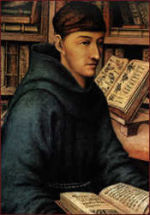 << Friar Bernardino de Sahagún
<< Friar Bernardino de Sahagún
The 16th century Catholic writer Bernardino Sahagún in searching ancient Aztec records. Records that these ancient people who lived in the city Teotihuacán had a handed down knowledge about a time when “all was "darkness".
Bernardino Sahagún records:
"It is told that when yet (all) was darkness, when yet no sun had shone and no dawn had broken it is said - the gods, [meaning the people], gathered themselves together and took counsel among themselves there at Teotihuacán” (Florentine Codex)
----------------------
Additional Information:
Darkness Through the Entire Continent, (David G. Calderwood, Book of Mormon Archaeological)
What Caused the Darkness and Destruction in the 34th Year? (Book of Mormon Central/KnoWhys #197) (1:18 min.)
... "...evidence comes from ice core samples from Greenland and Antarctica. While the estimated dates are still not exact, using ice cores “tends to be fairly good” with margins of error of only a few years.
After examining documented dates for volcanic events in four different ice core samples, geologist Benjamin R. Jordan concluded, “There is evidence for large eruptions [somewhere in the world], within the margin of error, for the period of AD 30 to 40. Ice cores, therefore offer evidence that there was a major volcanic event close to the timing of Christ's death.” (Jorden, Volcanic Destruction in the Book of Mormon, pp 84 & 87)
...
